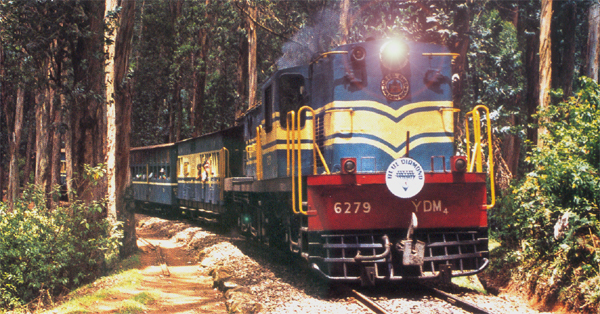The park was created in 1940 to become the first wildlife sanctuary in southern India. Originally 60 square kilometres, the sanctuary was enlarged to 295 km² in 1956 and subsequently to its present size of 321 km². The sanctuary is contiguous with Bandipur National Park (874 km²),Wynad Wildlife Sanctuary (344 km²),Sigur and Singara reserve forests. The park is part of the Nilgiri Biosphere Reserve. The Western Ghats, Nilgiri Sub-Cluster (6,000+ km²), including all of Mudumalai National Park, is under consideration by the UNESCO World Heritage Committee World Heritage Site.
Primates found include the Gray langur (Semnopithecus priam) and the Bonnet MacaqueMacaca radiata). The Tiger (Panthera tigris) (E) is widespread, whereas the Leopard (P. pardus) (T) is most often seen in the Kargudi area. Other carnivores include the Dhole (Cuon alpinus) (V), the Striped Hyena (Hyaena hyaena), the Golden Jackal (Canis aureus) and the Sloth Bear (Melursus ursinus) (I). The Asian Elephant (Elephas maximus) (E) population totals several hundred animals. Ungulates include the Gaur (Bos gaurus) (V), the Sambar DeerCervus unicolor), the Chital (Axis axis), Indian Muntjac (Muntiacus muntjak), the Indian Spotted Chevrotain (Moschiola meminna), and the Wild Boar (Sus scrofa). Rodents include the Indian Giant Squirrel (Ratufa indica maxima) and the Red Giant Flying Squirrel (Petaurista petaurista).
Bird life is rich. Regional endemics include Malabar trogon Harpactes fasciatus and Malabar grey hornbill Tockus griseus. Predatory birds include crested hawk-eagle Spizaetus cirrhatuscrested serpent eagle Spilornis cheela. It also holds the isolated southern population of the Striped Tit-babbler Macronous gularis.Of the reptiles, monitor lizard Varanus bengalensis is the most regularly observed species.
Accommodation in Mudumalai includes a forest rest house and guest houses at Masinagudi, and guest houses at Kargudi,Abhayaranyam and Theppakkadu. Accommodation in the forest rest house and guest houses may be reserved by writing to the Wildlife Warden, Mudumalai Sanctuary, Udhagamandalam, Tamil Nadu, India.
There is a cottage after crossing Kargudi and Mudumalai check posts on Ooty road. Bookings can be made from www.wildlifesanctuaryindia.com Jungle home offers clean, comfortable accomdation at reasonable rates. It is located at the crucial elephant habitat zone. Elephants can be spotted very easily in this region.Trekking, Birdwatching and Fishing are conducted.
The nearest airport is at Coimbatore (84km) and the closest railhead at Udhagamandalam (64km). However, in terms of travel practicality, the closest railhead is Mysore (90km),which sits on a major broad gauge line and is served by trains from across the country. The park is most conveniently accessible by road from Mysore on the Mysore-Ooty highway.
There are also night safaris on open top jeeps arranged by resorts and guides who are freely accessible in Masinagudi.




